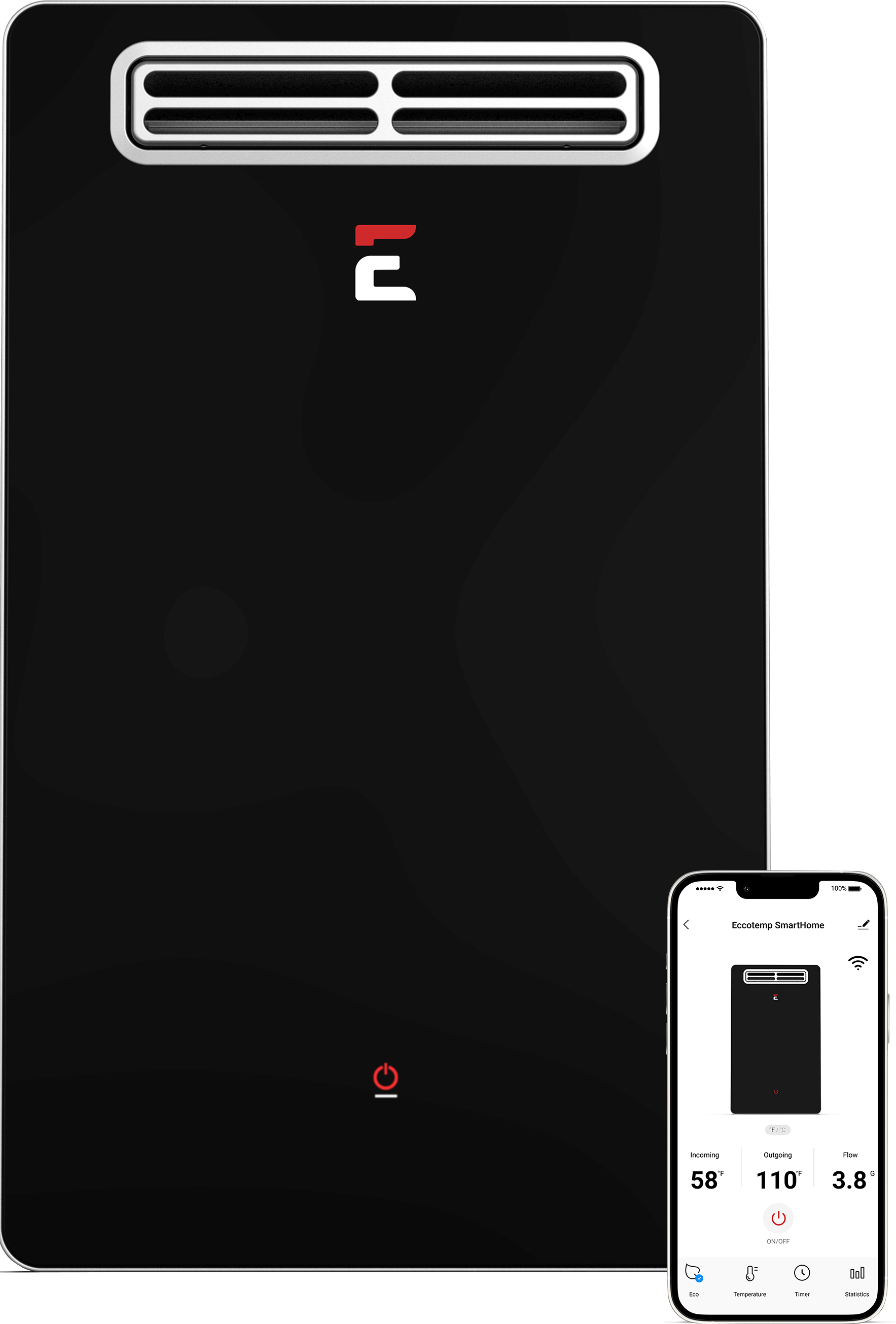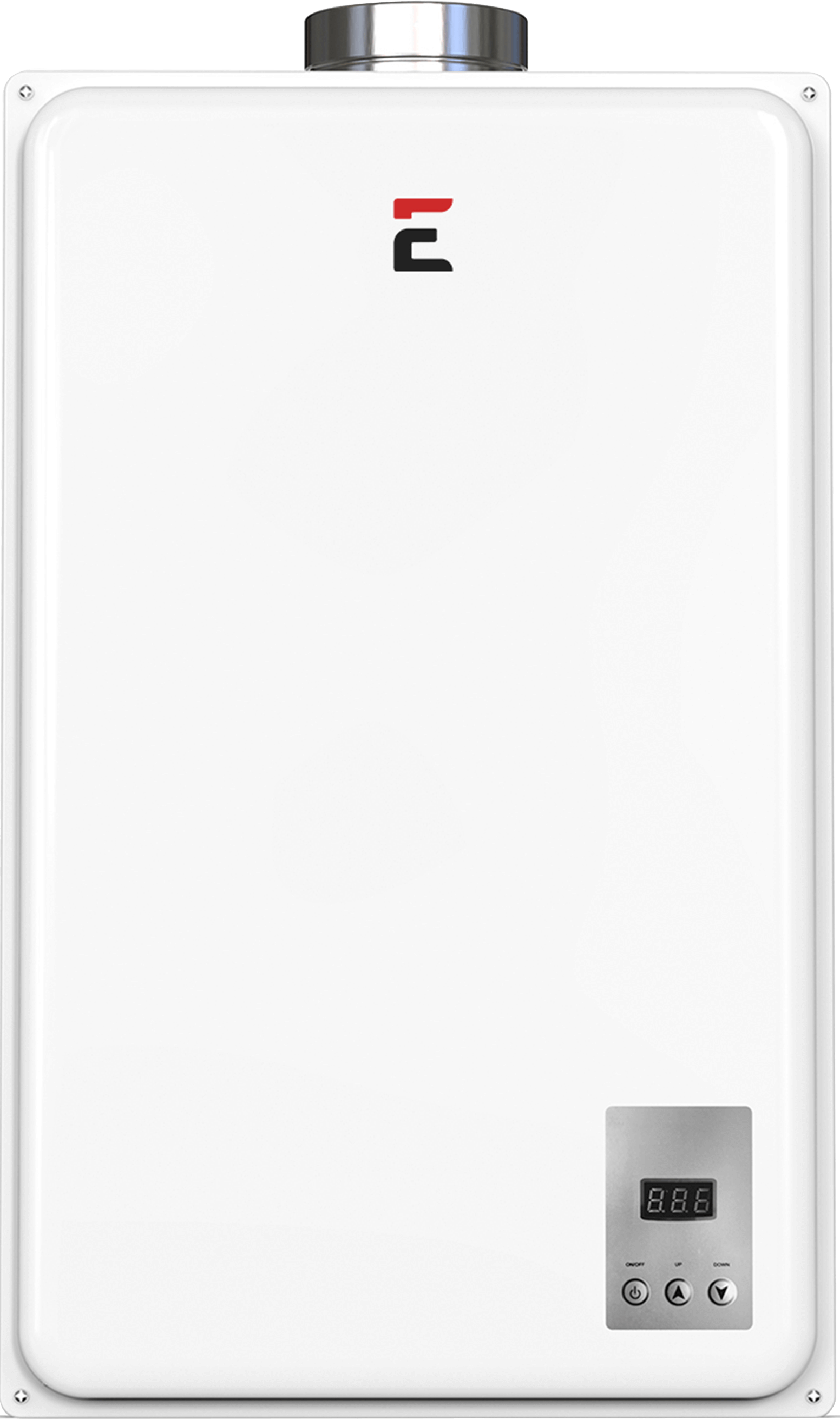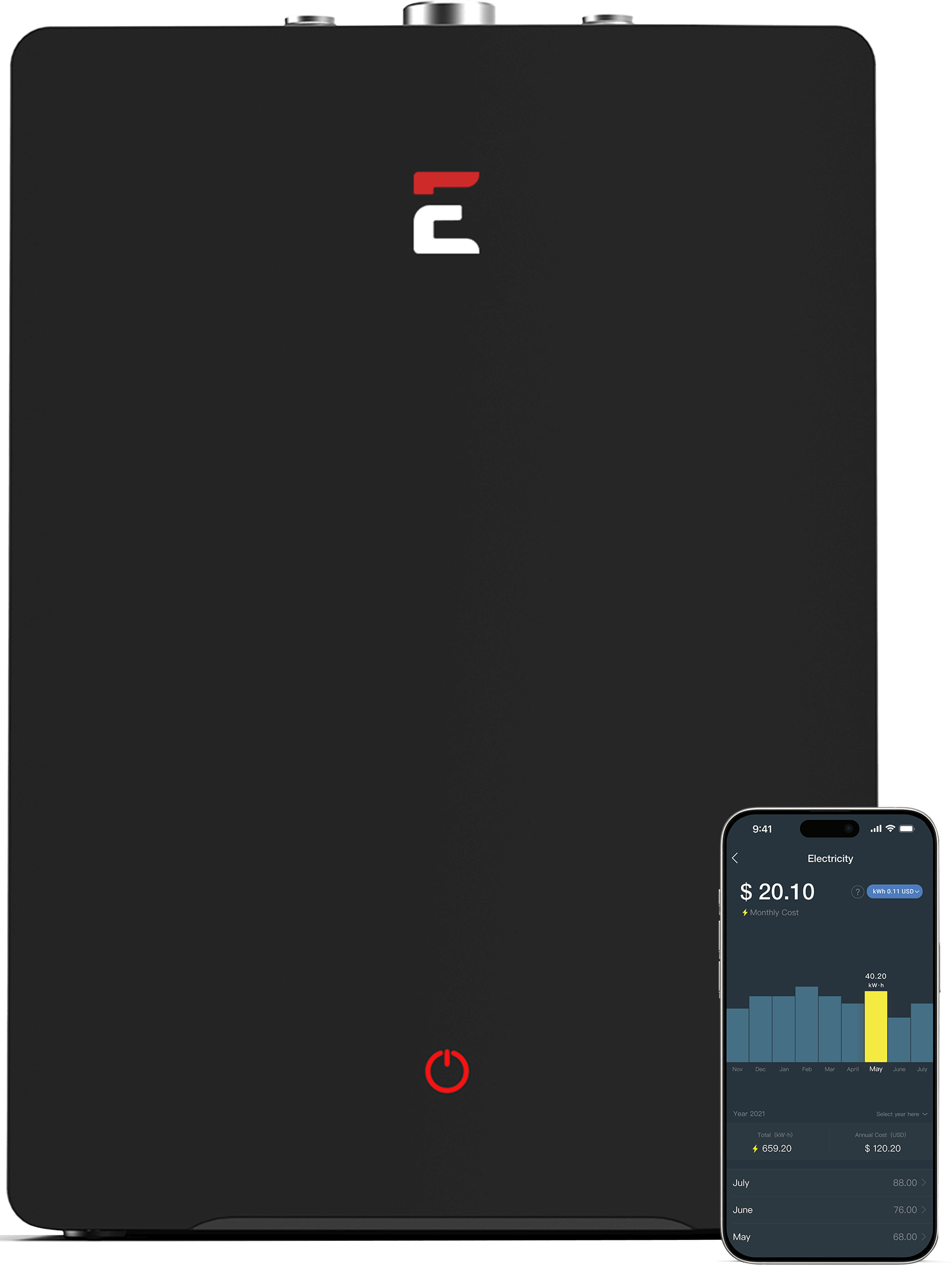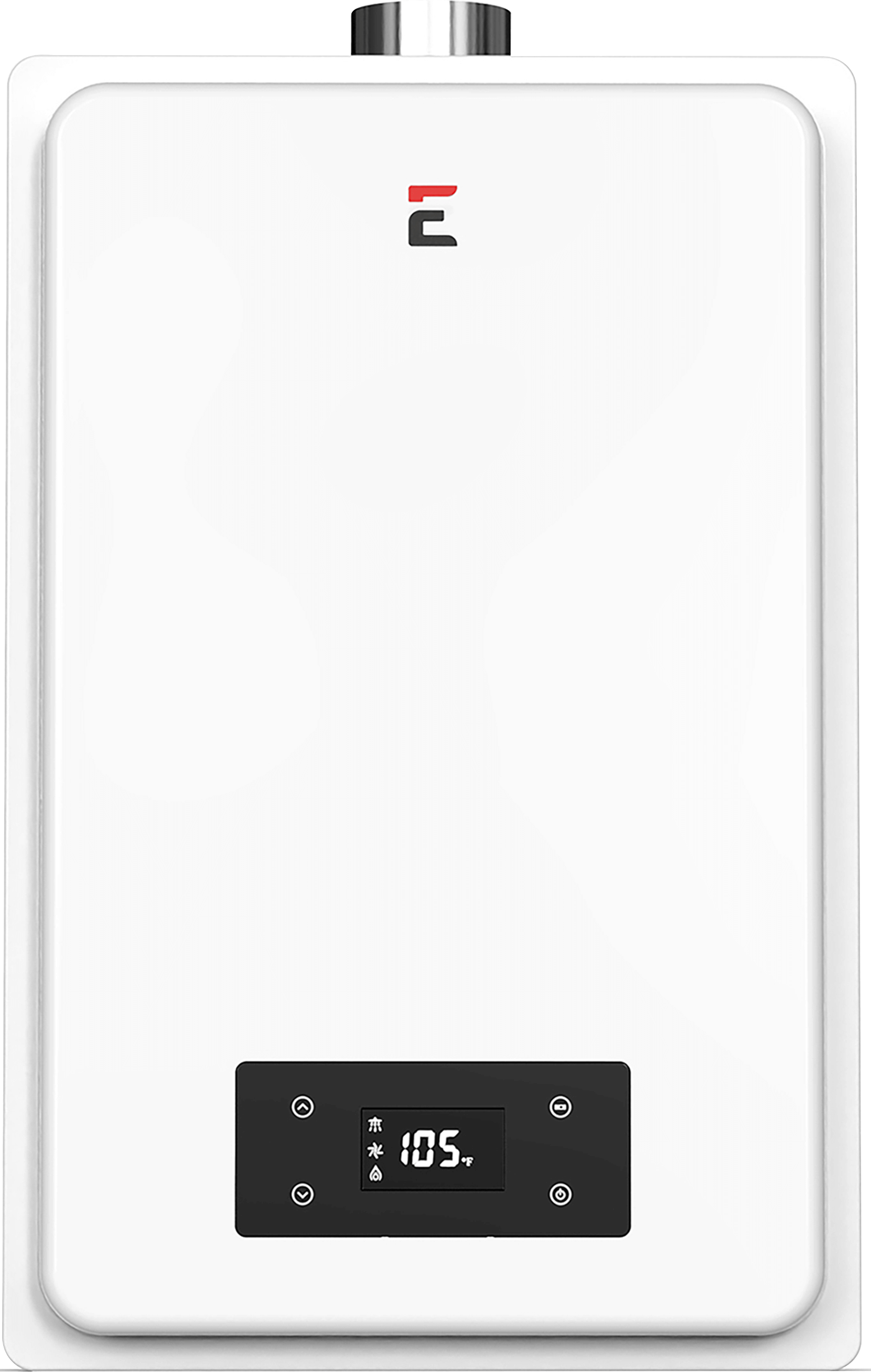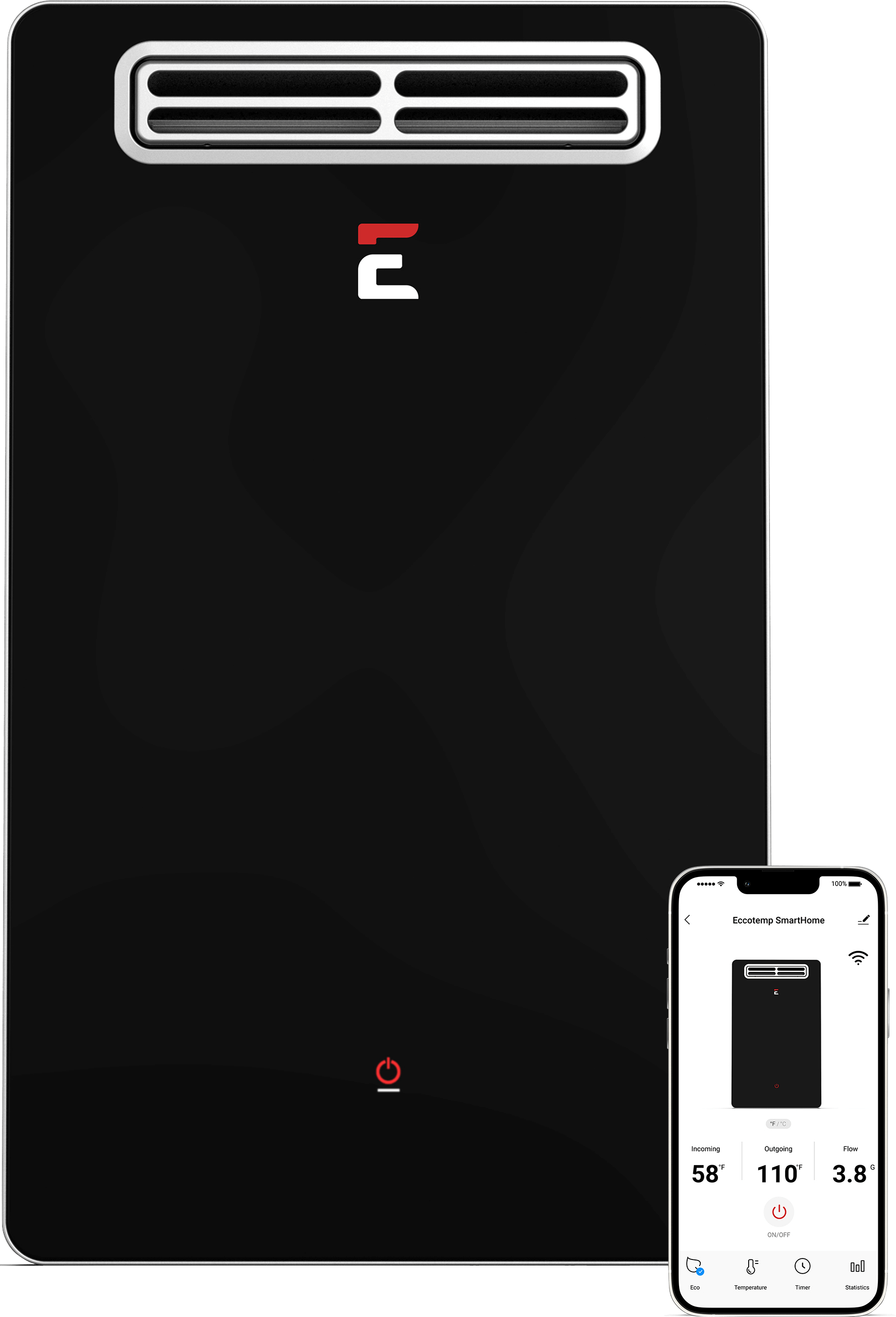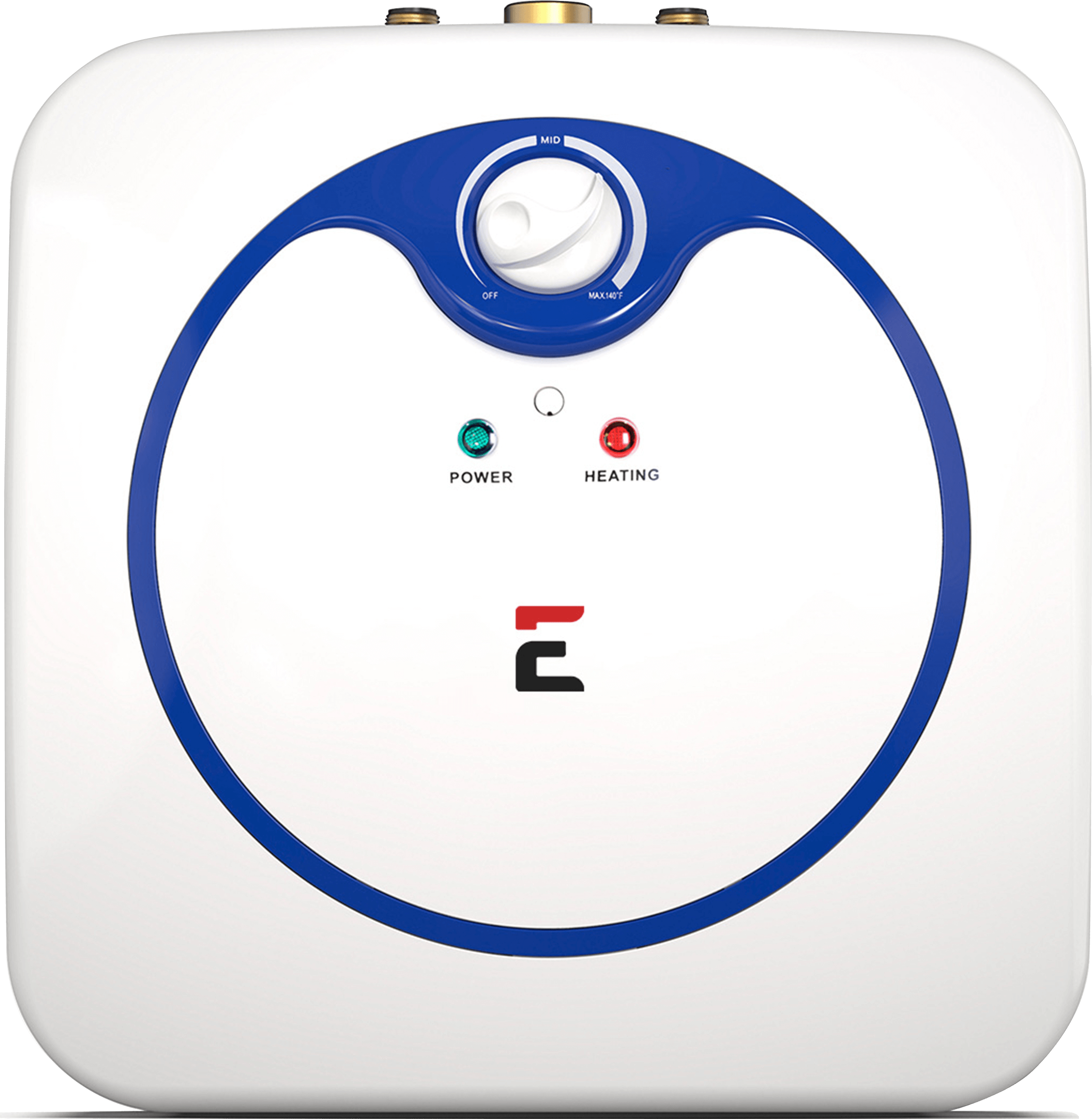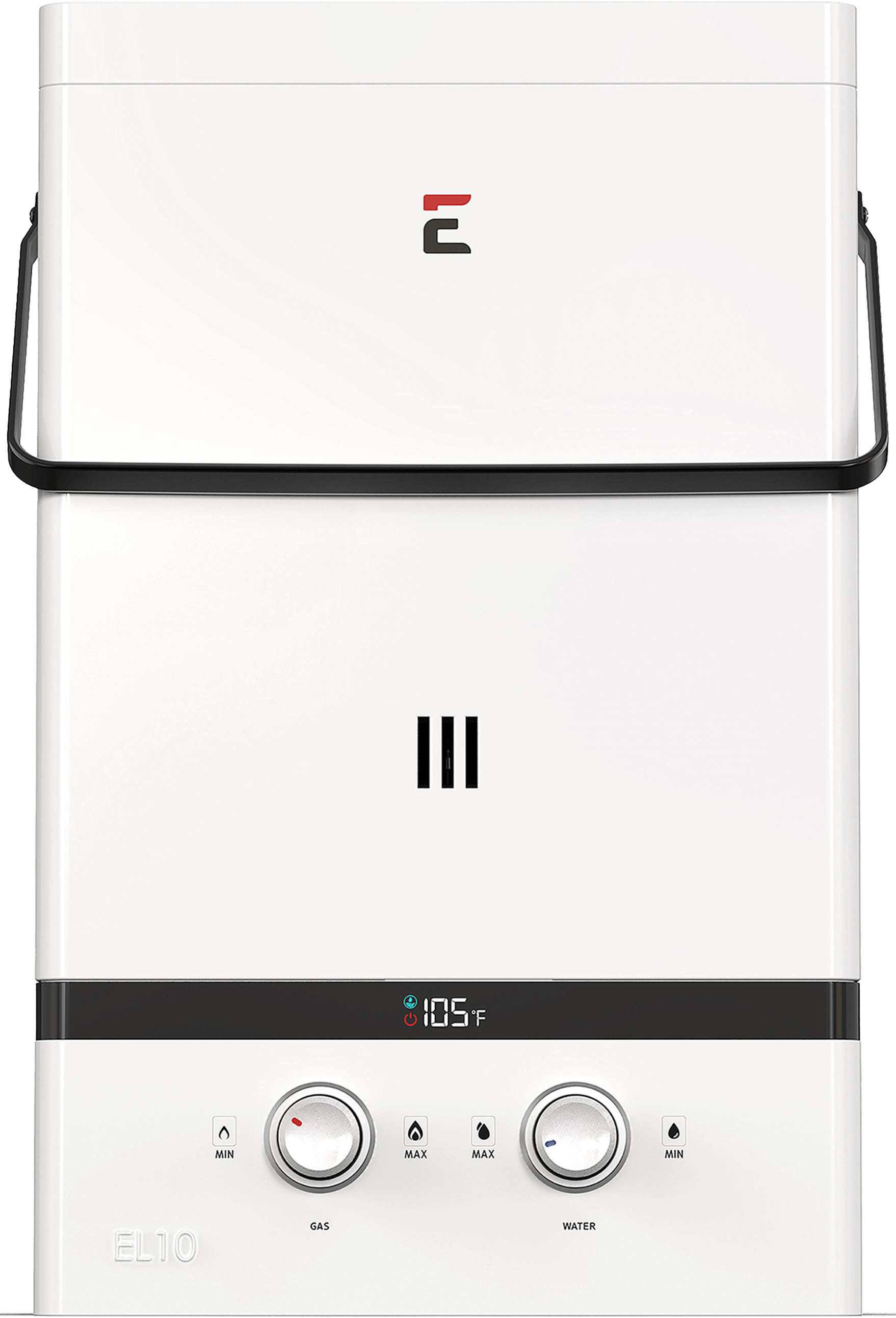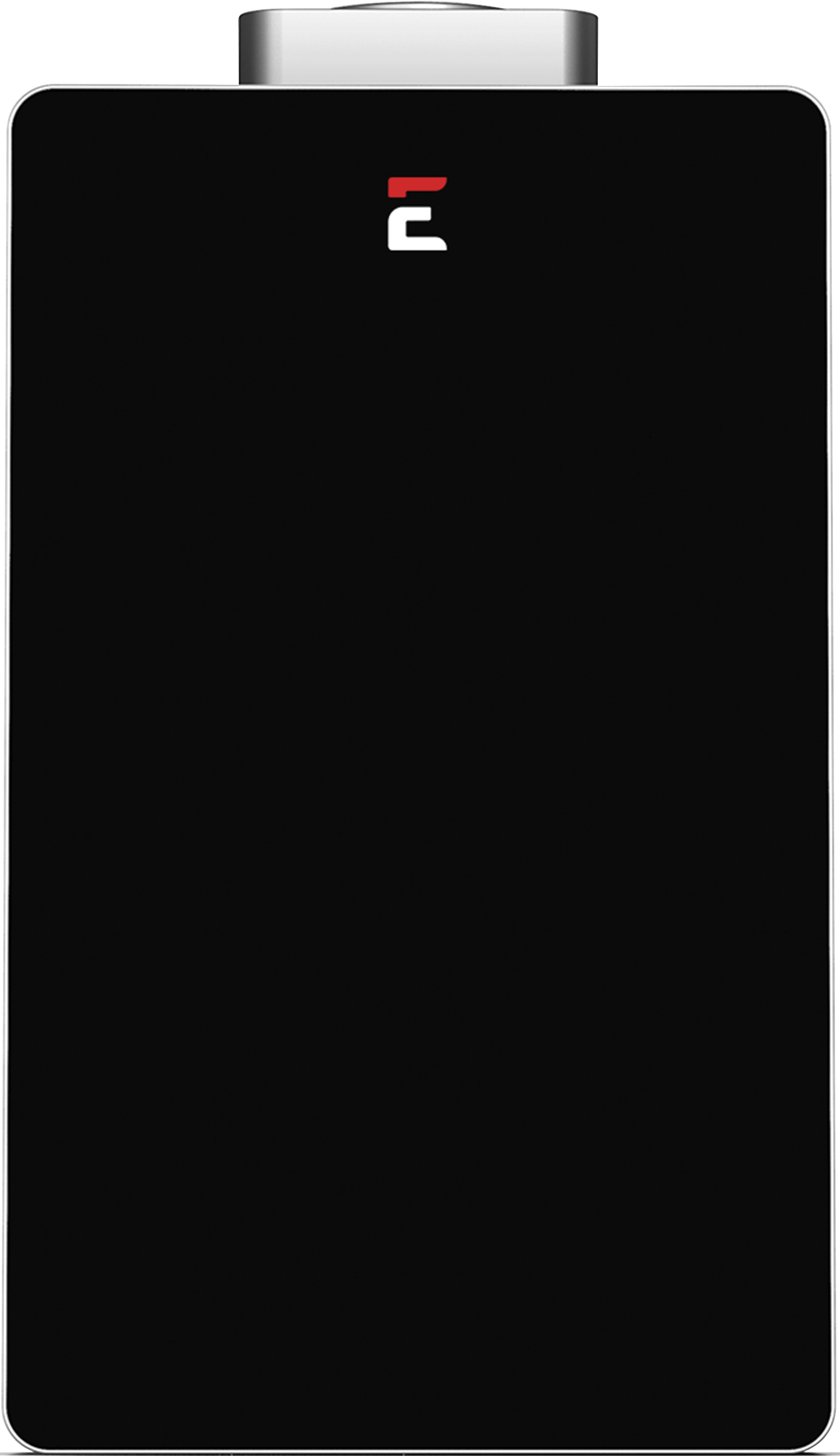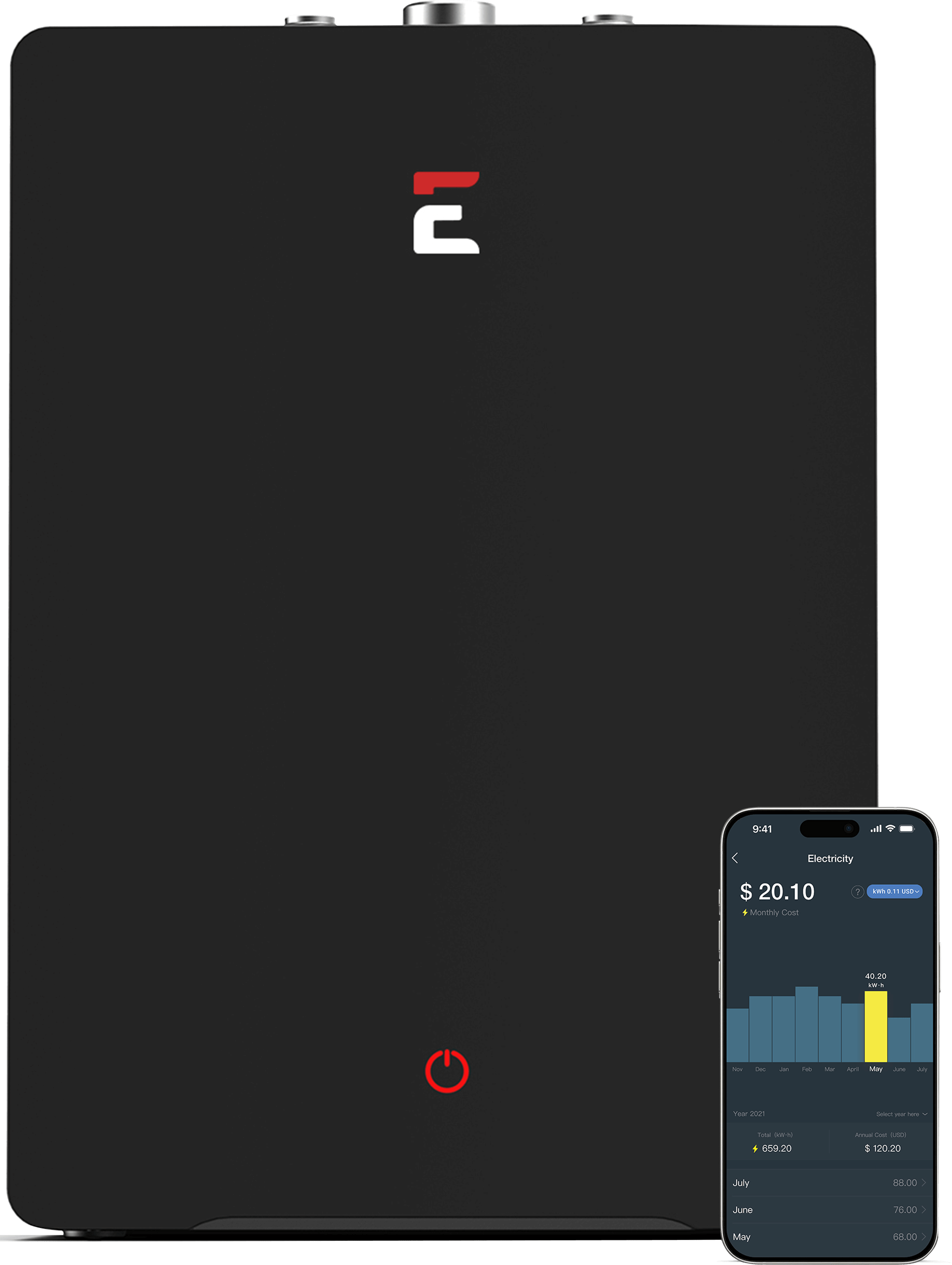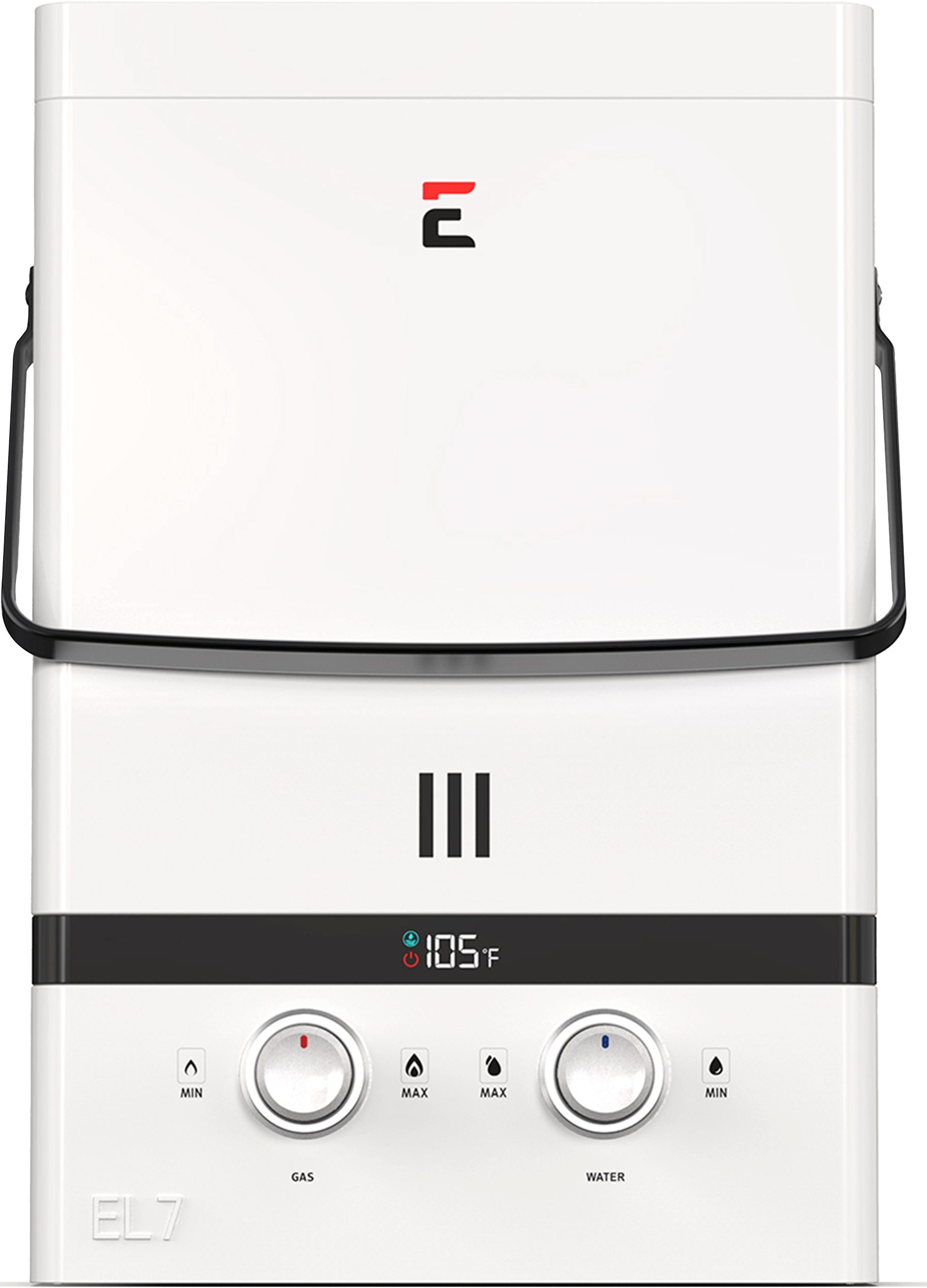How Tankless Water Heaters Work!
In order to have a better understanding of how a tankless water heater works, it's important to know how a standard tank heater operates. In a traditional heater system, there's a large tank that holds and heats water. In order to give you hot water when you need it, the tank is constantly heating the water to maintain a consistent temperature. The energy used to keep the water hot even when it's not being used is called standby heat loss. Tank less systems avoid standby loss by heating incoming water only as you need it -- they're also referred to as "on demand" water heaters for this reason. The elimination of the standby heat loss is what makes a tank less system more efficient.
Tankless systems come in two varieties: whole-house heaters and point-of-use heaters. Point-of-use units are small and only heat water for one or two outlets -- for example, just a kitchen sink would be ideal for this type of unit. Because of their compact size, they can fit under a cabinet or in a closet. They're beneficial because they can be installed closer to your outlet and avoid water loss due to lag time. Lag time is the amount of time it takes for the hot water to travel to your faucet. In large houses, the lag time can be significant, sometimes as long as several minutes. This means that while your water heating bill may be going down, your water consumption will be going up, which is something you should consider when debating whether or not to go tank less. Whole-house systems are larger, and can operate multiple outlets at a time.
In order to get you that piping-hot shower when you want it, a tank less water heater uses a powerful heat exchanger to raise the temperature. A heat exchanger is a device that transfers heat from one source to another. There are heat exchangers in your air conditioner, refrigerator, and car radiator. In this case, it transfers heat generated by electric coils or a gas-fired burner to the water that comes out of your faucet. This exchanger is activated by the incoming flow of water. So when you turn on your hot water tap, the incoming water circulates through the activated exchanger, which heats the cold water to your preset.

 Weekly Deals
Weekly Deals
 Water Heaters
Water Heaters
 Accessories
Accessories
 Installation
Installation
 Parts
Parts
 Protection Plans
Protection Plans
 Final Sale
Final Sale













